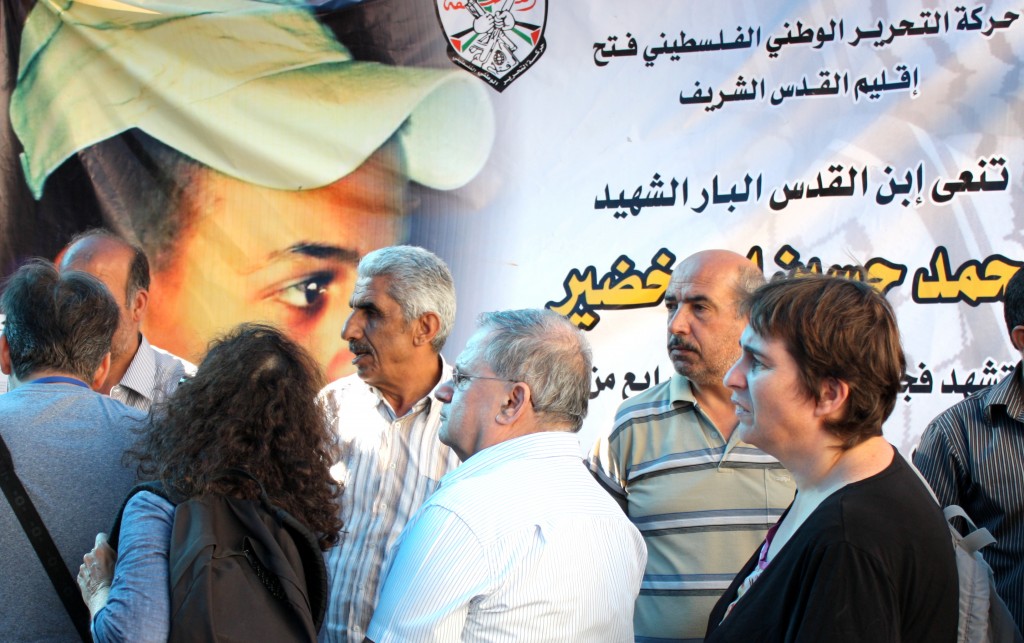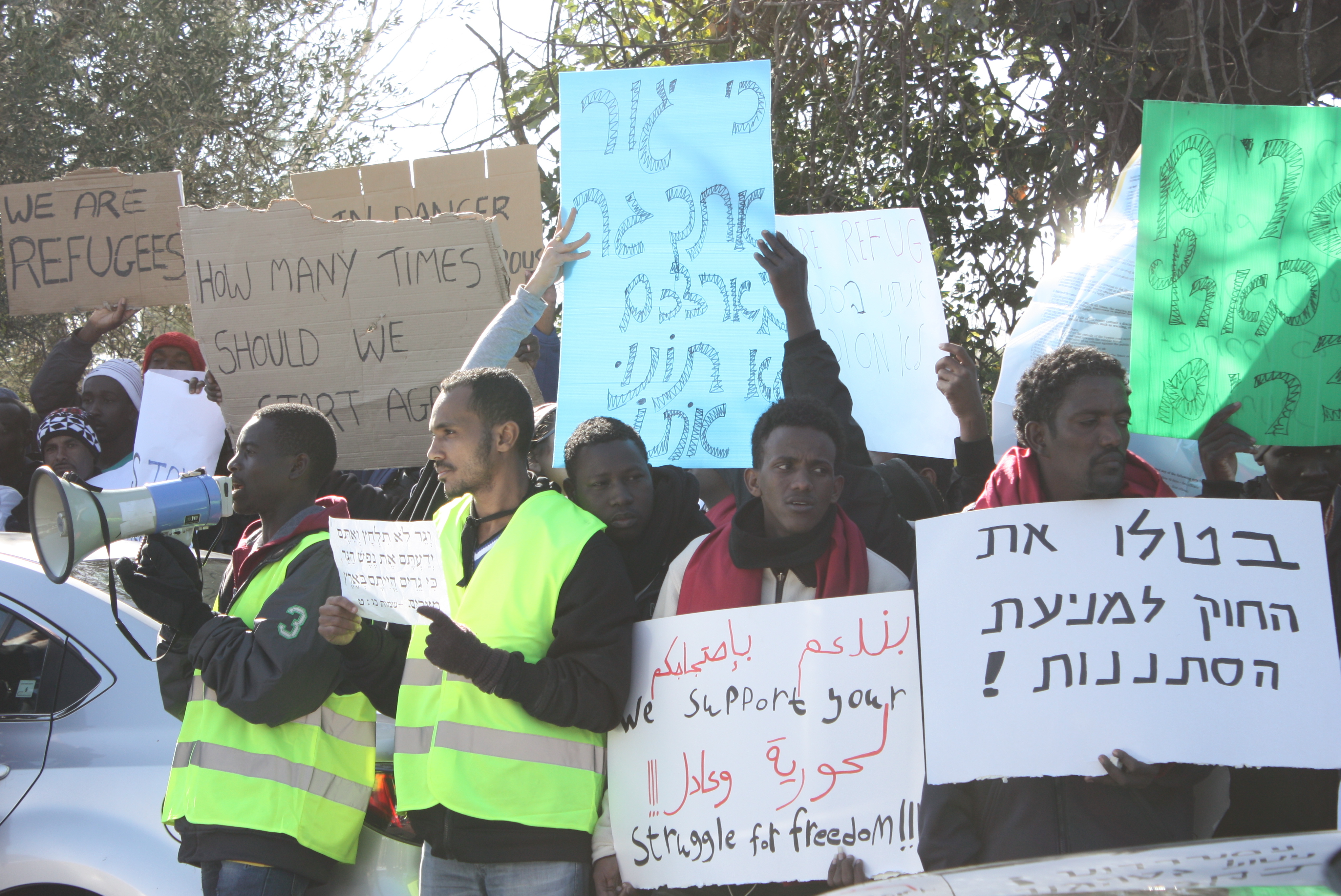My cover story in the National Journal on Jerusalem is up:
On a midsummer afternoon, at the King George Street station in the center of downtown Jewish Jerusalem, I boarded one of the silver four-car trams of Jerusalem’s only light-rail line. The electric train swooshed east along Jaffa Road to the City Hall stop, just before the narrow, now-unmarked no-man’s-land that divided the city before 1967. The next stop was the Damascus Gate station, serving downtown Arab Jerusalem. From there the train headed north toward outlying Palestinian and Jewish neighborhoods.

It was a normal rush-hour trip—except that there were no Palestinians on the train. No father spoke Arabic to the son sitting next to him; no teenage girls chattered in Arabic about their purchases on Jaffa Road. The women who wore head scarves had them tied behind their necks, Orthodox Jewish style, not wrapped under their chins, Muslim style. No one got on or off at Damascus Gate. In the Palestinian neighborhood of Shuafat, a mourning banner with a huge picture of murdered Arab teenager Muhammad Abu Khdeir hung from an apartment building facing the tracks. A sign on the ticket machine on the platform said it was out of order—as it has been since angry young residents smashed it during the violent protests that followed the murder of Abu Khdeir at the beginning of July. No one got off there or at Beit Hanina, the northernmost Palestinian neighborhood on the line.
The missing passengers weren’t participating in an organized boycott. They were simply afraid.







